| Coad | 670416 | Substrate | Liquid Crystal Polymer / N-BK7 / Linear Polarizer Film | |
| Type | Collimation and Homogenization Converter | Clear Aperture | 15.0mm | |
| Dimension(mm) | 25.4 x 3.0 | Transmission Area Width | 0.885mm | |
| Wavelength(nm) | 532 | Housing Specification | SM1-8A | |
| Incident Beam Diameter (mm) | 4.00 | Incident Beam Quality | Single Mode, M² < 1.3 | |
| AOI | ±5° | Incident Beam Decentering | ±0.2mm(±5% of input beam diameter) | |
| Output Beam Diameter (mm) | 4.00 | Output Beam Uniformity | >90%(RMS) | |
| Transmission Light Deviation | <3 arcmin | Transmittance | >50% | |
| Surface Quality | 60-40 | Coating Type | AR Coating | |
| Coating Specifications | Ravg<0.5%@400-700nm | |||
LBTEK Collimation Homogenization Converter (CHC) is based on the principle of local spatial light attenuation to achieve beam homogenization and shaping. The product features a three-plate flat structure and is mounted in a standard SM1 lens tube. The CHC consists of a structured waveplate combined with two parallel linear polarizers set at specific angles. Linearly polarized light passing through the structured waveplate is converted into vector polarized light, which then undergoes partial intensity attenuation by the second polarizer, resulting in a collimated and homogenized output beam.
Since the phase distribution of the structured waveplate is designed for ideal Gaussian beams, high input beam quality is required (single mode, M² < 1.3). Compared with LBTEK DOE homogenizers, the CHC produces flat-top beams that can propagate over long distances, making it well suited for imaging, illumination, and long-distance laser processing. LBTEK offers standard CHC products with operating wavelengths of 532 nm and 633 nm, and incident beam diameters of 2 mm, 4 mm, and 6 mm.
LBTEK Collimation Homogenization Converter is composed of a structured waveplate and two parallel linear polarizers, forming a three-plate flat structure. It operates on the principle of local spatial light attenuation to achieve beam homogenization and shaping. Standard products are mounted in an SM1 lens tube, with engraved markings on the housing to indicate the transmission axis of the polarizers, along with product name and specifications, enabling easy alignment and use in optical setups. Because the device includes linear polarizers on both sides with parallel transmission axes, the CHC has no strict requirement on the polarization state of the incident beam and can be used from either side. However, to maximize optical efficiency, it is recommended to use linearly polarized input light with its polarization direction aligned to the polarizer’s transmission axis.
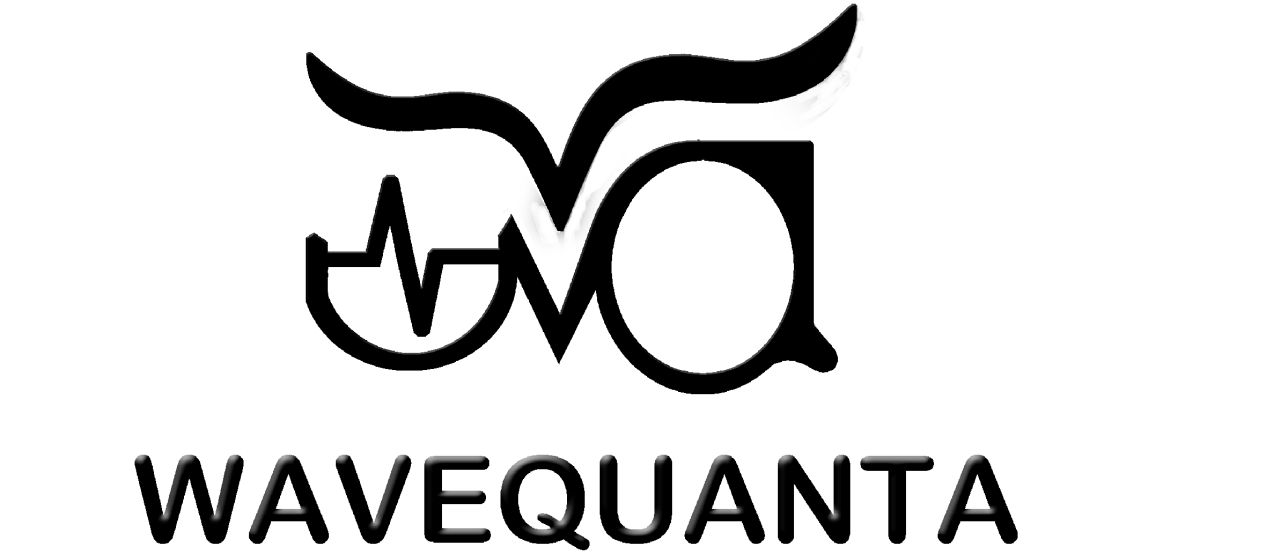




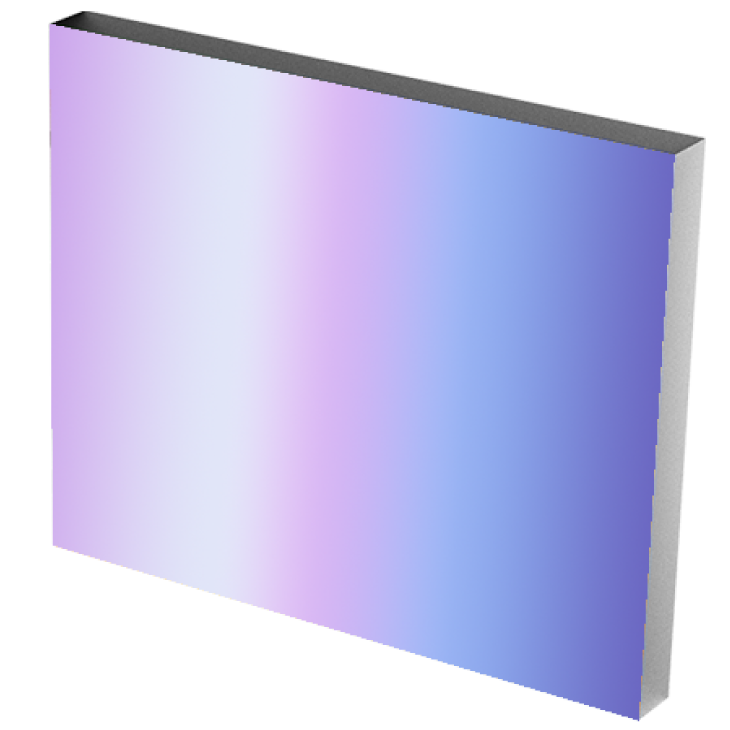



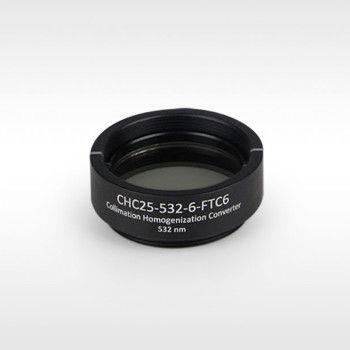

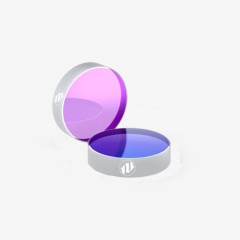
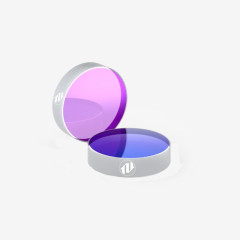
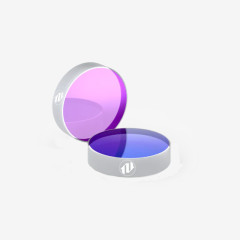
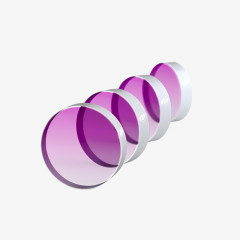
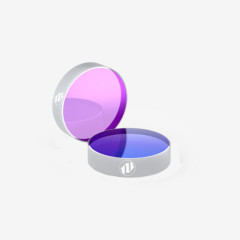
Product evaluation
%High praise
There are comments